On the 29 May 1328, King Philippe VI of France, once simply Count de Valois, was crowned at Reims Cathedral. The nearest male relative to the last Capetian monarch, Charles IV of France known as the Fair (le Bel), Philippe inherited the throne because of the direct male line of the House of Capet came to an end in 1328. Philippe VI was the first Valois monarch of France.
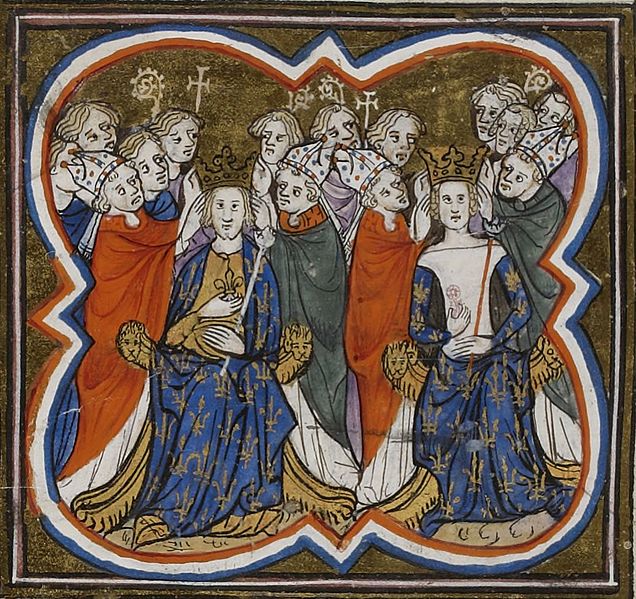
King Philippe IV, nicknamed the Iron King or the Fair (Philippe le Bel) was married to Jeanne I, Queen of Navarre. While ruling the French realm from 1285 to 1314, Philippe IV was also King of Navarre as Philippe I by virtue of his marriage from 1274 until 1305 until his wife’s death. Their matrimony, which appeared to have been based on deep and mutual affection, seemed to have secured the Valois succession as it produced four sons – Louis, Philippe, Charles, and Robert. The couple’s youngest son, Robert, died in 1308 ‘in flore adolescentiæ suæ’ (‘in the flower of youth’), as the Medieval inquisitor and historian Bernard Gui lamented in his writings.
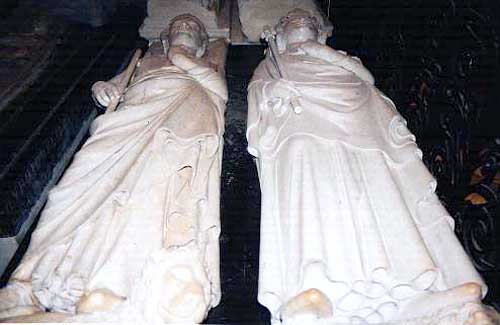
Louis, Philippe, and Charles remained three surviving sons of Philippe IV. At the time of Philippe IV’s death in 1314, no one could have predicted that each of these three men would ascend the throne and would die without any surviving male issue. After his father’s passing, his eldest son became King of France as Louis X, known as the Quarrelsome or the Stubborn, but he ruled for roughly two years. In June 1316, at Château de Vincennes, Louis started playing tennis, which was one of his favorite pastimes, and after a long and exhausting contest with some courtier, he drank a lot of cooled wine and soon passed away of either pneumonia or pleurisy. In November 1316, his wife, Queen Clementia, gave birth to a son named Jean, but the boy lived only for five days and was subsequently buried, as if the infant-king had become a victim of dark forces.
The deceased King Louis X was married twice, and from his first union with Marguerite of Burgundy he had a daughter – Jeanne. However, some time before Philippe IV’s death, Marguerite had been discovered as an adulteress in the Tour de Nesle Affair of 1314 together with her sister-in-law, Blanche of Burgundy, who was wife of the king’s son Charles. Because of this, Princess Jeanne’s paternity was questionable, so she could not have inherited the French throne. Thus, the peers of France sought the help of expert lawyers and statesmen, who declared that France could not be ruled by a woman due to the ancient Salic law – Frankish civil law code compiled c. 500-510 by Clovis, the first Frankish King. In Navarre, nonetheless, there was no such a law, so Marguerite’s only daughter inherited the Navarrese crown.
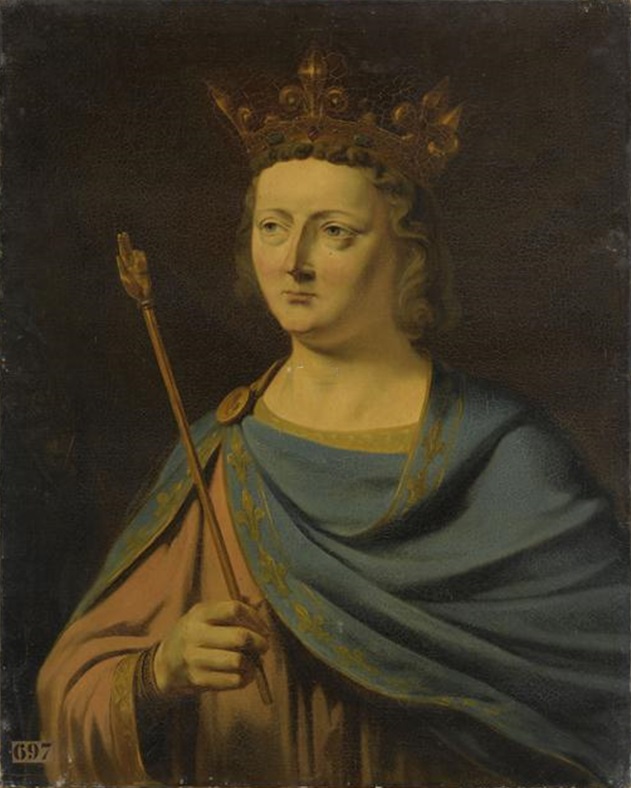
Queen Clementia’s son is known as King Jean I the Posthumous. With the application of the Salic law, Louis’s brother, Philippe, was crowned at Reims as King Philippe V of France. But the faction of Louis X’s daughter, little Jeanne, questioned the validity of his claim to the throne. Clever and astute by nature, Philippe swiftly countered that Jeanne’s doubtful paternity and her youth were unsurmountable obstacles on her path to French queenship. Philippe convened États-Généraux (States-General was a legislative and consultative assembly of French different classes), and the congregation decreed that a woman cannot inherit the French throne due to the Salic law.
At first, the new Capetian sun was shining above the realm. Philippe V, called the Tall (Philippe le Long), was the most intelligent one among his late father’s sons, and was superbly educated. He possessed a calm, rational temperament and abilities of strategic thinking. His wife – Jeanne II, Countess of Burgundy – had also been implicated in the appalling Tour de Nesle Affair. Jeanne had been accused of adultery, but her guilt had not been proved, and no potential lover of hers had been identified. So, she had been confined to Château de Dourdan under house arrest. After her husband’s accession, Jeanne was released and crowned with Philippe as Queen of France.
Philippe’s eternal politics were quite pragmatic, and he restored friendly relations with the County of Flanders. Nonetheless, King Edward II of England, married to his sister Isabel of France, initially didn’t consent to pay him homage as Duke of Guyenne. Like the Count of Flanders and the ruler of a largely autonomous Gascony, Edward II owed homage to the King of France, but he was disinclined to do so. Finally, in 1320, Edward reluctantly arrived at Amiens to meet with the King of France, but Philippe demanded not only the fulfilment of homage, but also an oath of personal allegiance to him. Edward II gave homage, but he vehemently refused to swear fealty, for Edward was a foreign ruler. It was one of Philippe’s mistakes to treat a fellow monarch so disrespectfully.
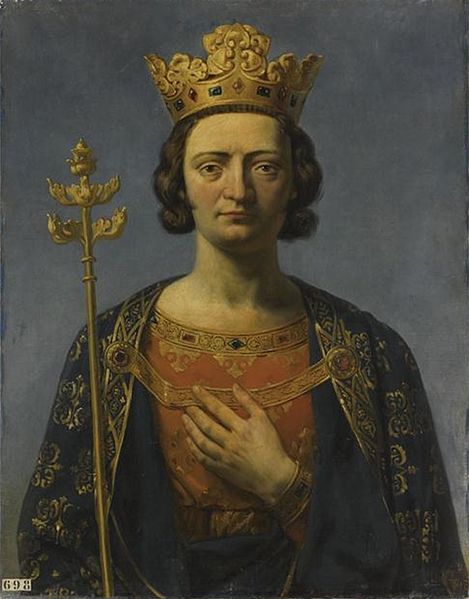
Having channeled his energy into domestic affairs, Philippe V became a popular monarch among the French nobility and the commoners, in spite of series of poor harvests. He was actively involved in state affairs: he launched government reforms, reformed the currency, and contributed to the standardization of weights and measures. In 1319, Philippe’s councilors issued an important act: a new act established the French royal domain, which represented the core set of lands and titles and belonged permanently to the French Crown. Another act included lands and titles confiscated by the Crown for some reason. Philip also created the cours des comptes in 1320, which was a court responsible for auditing the royal accounts to ensure proper and timely payment. At the same time, after having three daughters, Queen Jeanne finally gave birth to a male heir named Philippe after his father, but the boy lived for less than a year.
The demons of death stalked Philippe V unexpectedly: he died at Longchamp Abbey from an unknown illness in January 1322. It was most definitely a huge loss for France because this young man could have become a great ruler, and many lamented his untimely demise. Philippe was succeeded by his younger brother, who was crowned as King Charles IV of France. During his kingship, Charles IV faced a peasant revolt in Flanders and other Flandrian issues, while King Edward II of England was reluctant to pay homage to another monarch. Being married three times, Charles still had no surviving son, but his third wife, Jeanne d’Évreux, was pregnant when Charles breathed his last in February 1328 at Château de Vincennes. During Jeanne’s pregnancy, their cousin – Philippe, Count de Valois, became Regent of France until Jeanne’s labor.
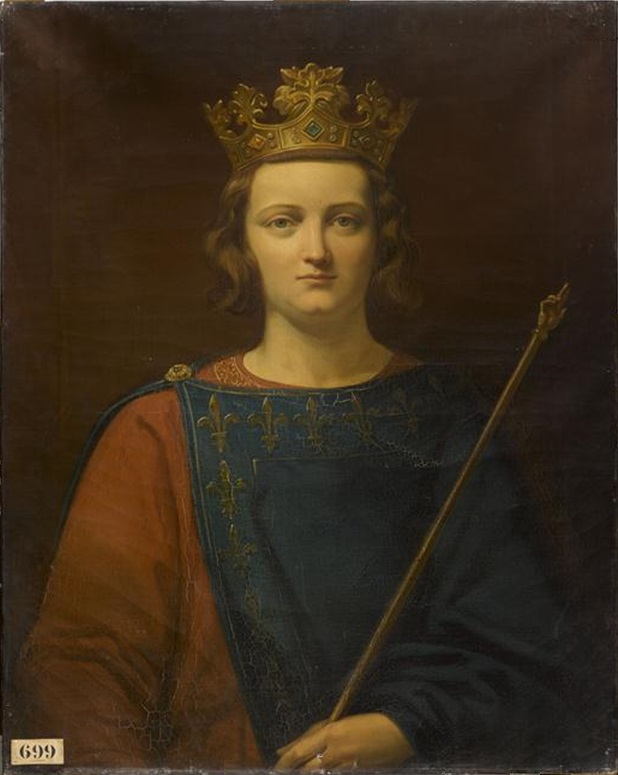
Eventually, in April 1328, Jeanne birthed another daughter, Blanche – her third girl from her marriage to the late King Charles IV of France. Given the lack of male progeny, the Capetian dynasty died out on the male line, and the House of Valois consituted their closest relatives and heirs. Taking into account the Salic law, Philippe de Valois officially became ruler of France in May 1328 and was crowned as King Philippe VI. That was the beginning of the new French dynasty – the House of Valois that would rule the French realm for over three centuries.
Philippe was labelled jestingly the Fortunate because he inherited the throne by chance. Yet, there was another claimant to the throne – King Edward III of England, Isabel of France’s son and the closest male relative. États-Généraux was convened, and together with the assembly of the French lords and prelates and the University of Paris, they all decided that males who obtain their rights of inheritance from their mothers cannot obtain the French throne due to the Salic law. Philippe VI was the eldest grandson of the Capetian King Philippe III of France through the male line, so the whole of France acknowledged him as their legal sovereign, but he had no right to the crown of Navarre being neither an heir nor a descendant of Jeanne I of Navarre.
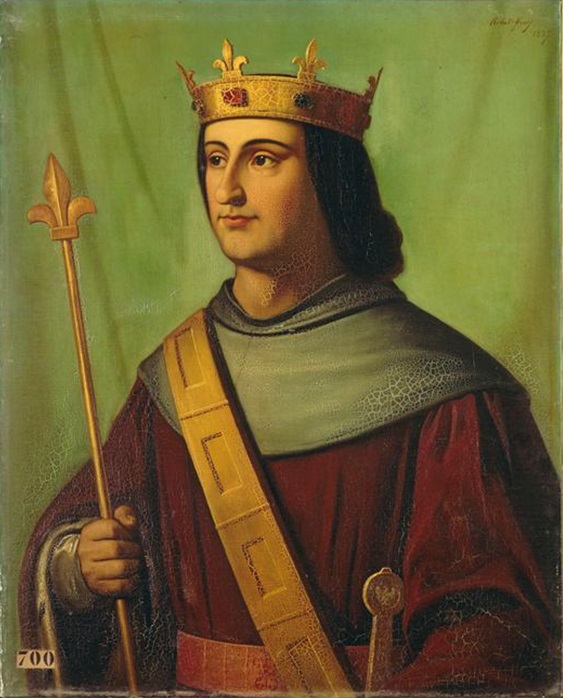
At first, Philippe had relatively amicable relations with King Edward III of England. Yet, they rapidly deteriorated on the back of Edward’s renewed claim to the French throne. This led to the Hundred Years’ War when the French lands would be periodically occupied by the English forces, and there would be many battles when blood would gush like liquid fire and men would fall on both sides. All the English would be eventually expelled from France, and with a gargantuan effort, the House of Valois would triumph over England and even deprive the northern neighbor of Calais in 1558.
All images are in the public domain.
Text © 2020 Olivia Longueville





